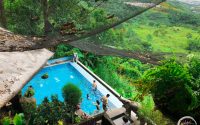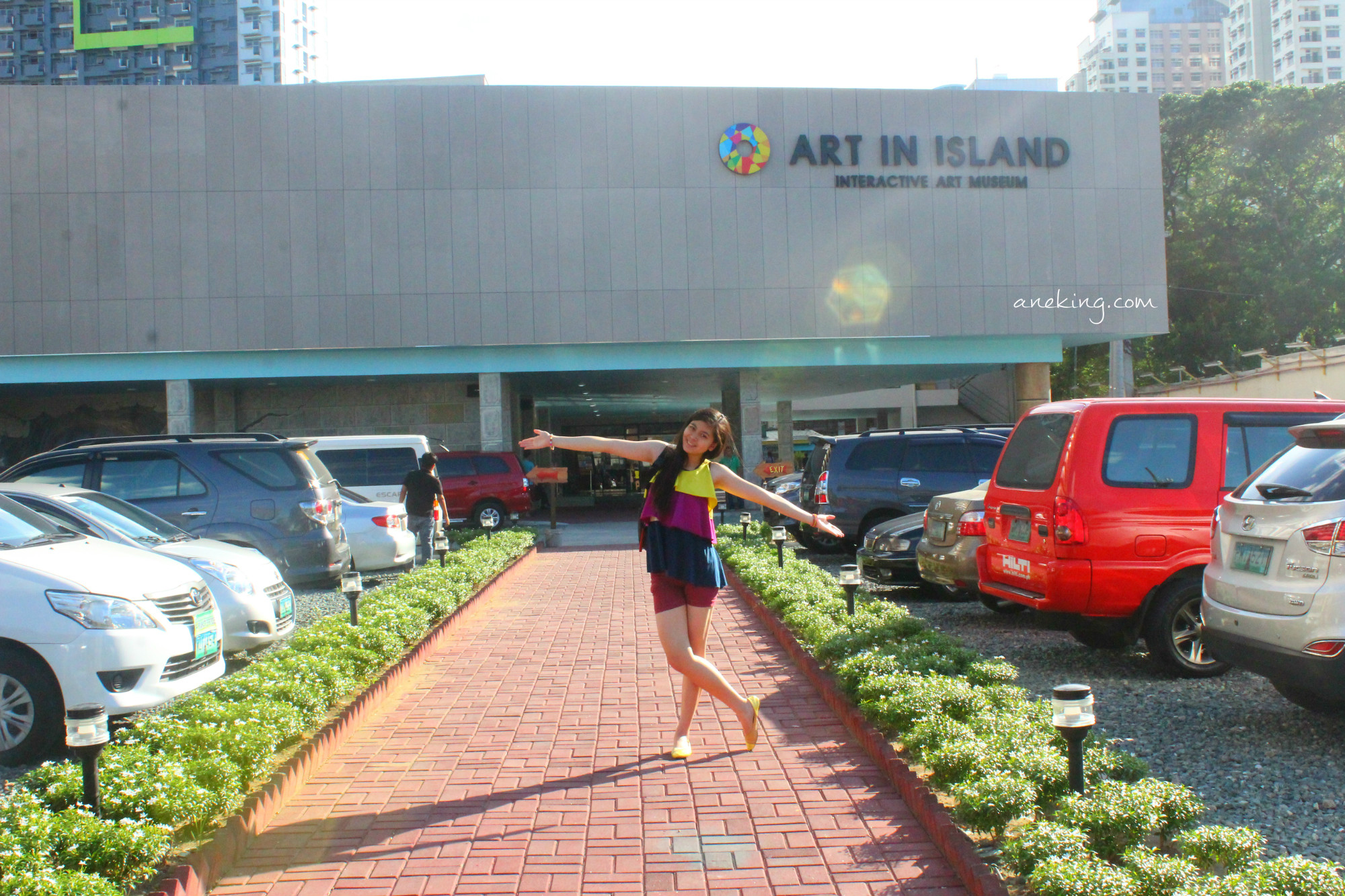Nanzoin Temple: The Home Of The Reclining Buddha
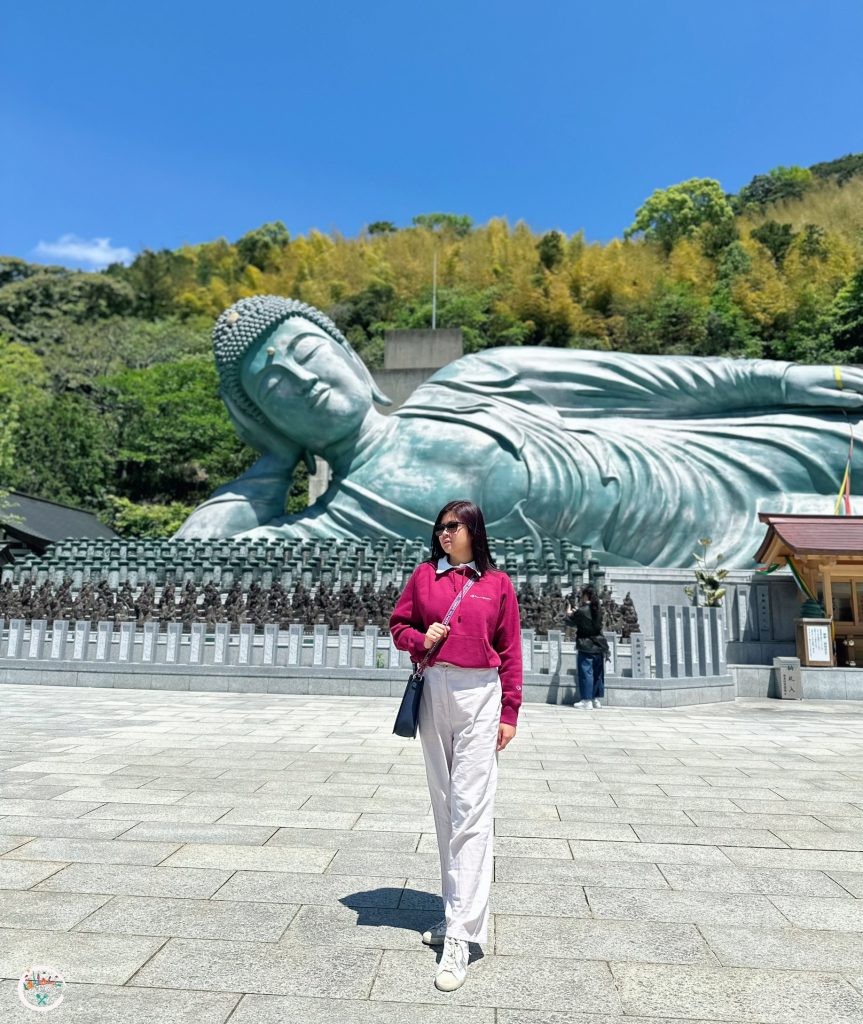
Soma online Overnight without dr approval During our nine-day stay in Fukuoka, one thing became clear right away. This isn’t Tokyo or Osaka. Fukuoka doesn’t overwhelm with massive tourist attractions at every corner, and honestly, that’s not a bad thing. What it lacks in towering landmarks, it makes up for with slower, scenic experiences that give you a real feel for the Japanese countryside. Because of this, we often found ourselves venturing out to places like Oita and Kumamoto, where some light hiking came as part of the deal.
soma cod saturday But for our first day, we kept things local and decided to take it easy. That’s how we ended up at Nanzoin Temple, one of the most peaceful and stunning spots just outside the city, nestled in the town of Sasaguri in Kasuya District.

The highlight is the giant reclining Buddha statue. Known as Nehanzo or Shaka Nehan, it’s absolutely massive. It’s the same size of the Statue of Liberty horizontally. It shows the Buddha at the moment of entering Nirvana. I found out that this statue holds actual relics of the Buddha and two of his disciples inside, gifted by Myanmar as thanks for Japan’s medical support to children in Southeast Asia. Pretty fascinating, right? The whole experience felt sacred, knowing how meaningful this statue is to Buddhist devotees.
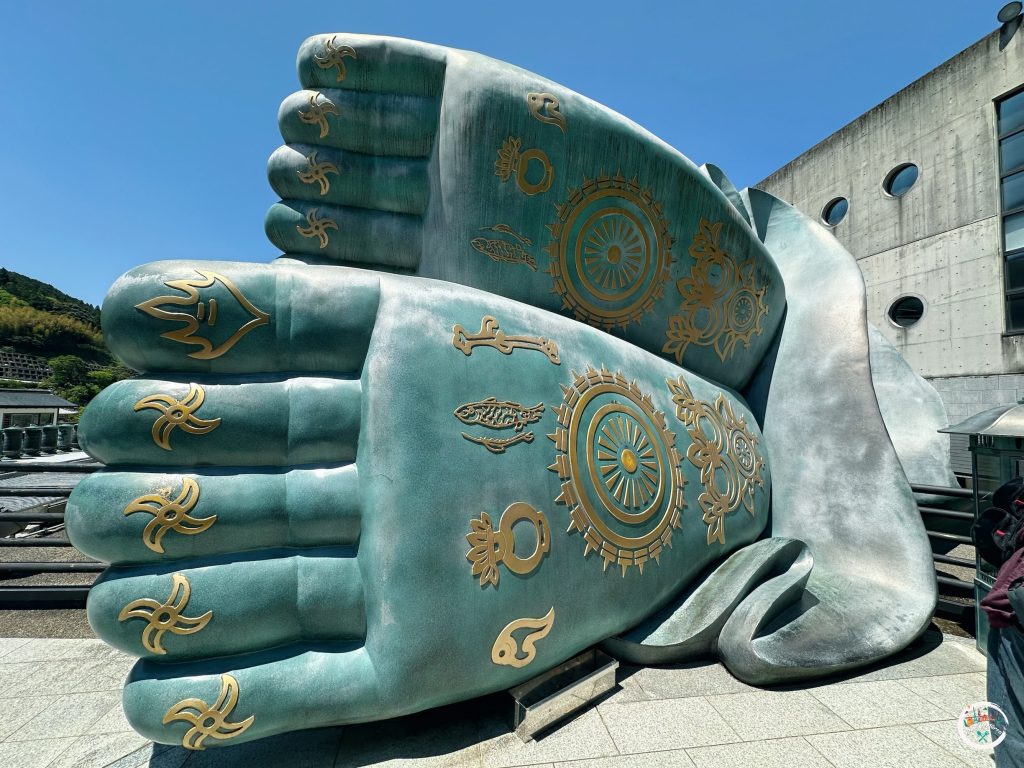
I was curious about the long line of visitors at the Buddha’s feet. When I finally got up close, I saw that they were decorated with auspicious symbols called laksana. These represent the Buddha’s 108 positive traits. What struck me most was how people were gently touching the feet, quietly making wishes. It’s believed that holding them brings good luck.
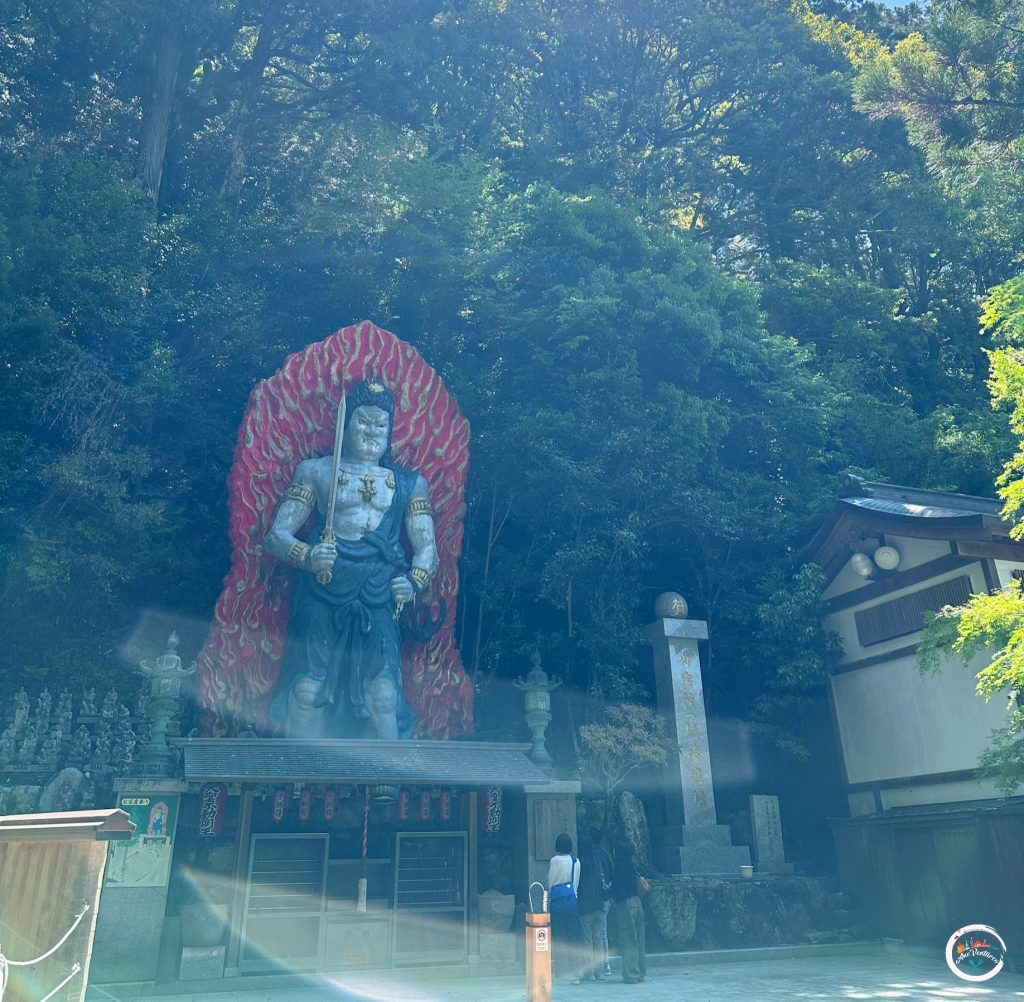
As we continued walking through the temple grounds, we came across Fudōmyōō, a fierce-looking deity believed to protect worshippers from harm and disaster. In autumn, the backdrop of fiery red maple leaves makes this statue a stunning photo spot. We took a break here on a bench while soaking in the view. It was the kind of moment you want to freeze in time. Even if you’re not the spiritual type, you’ll find peace just being here.
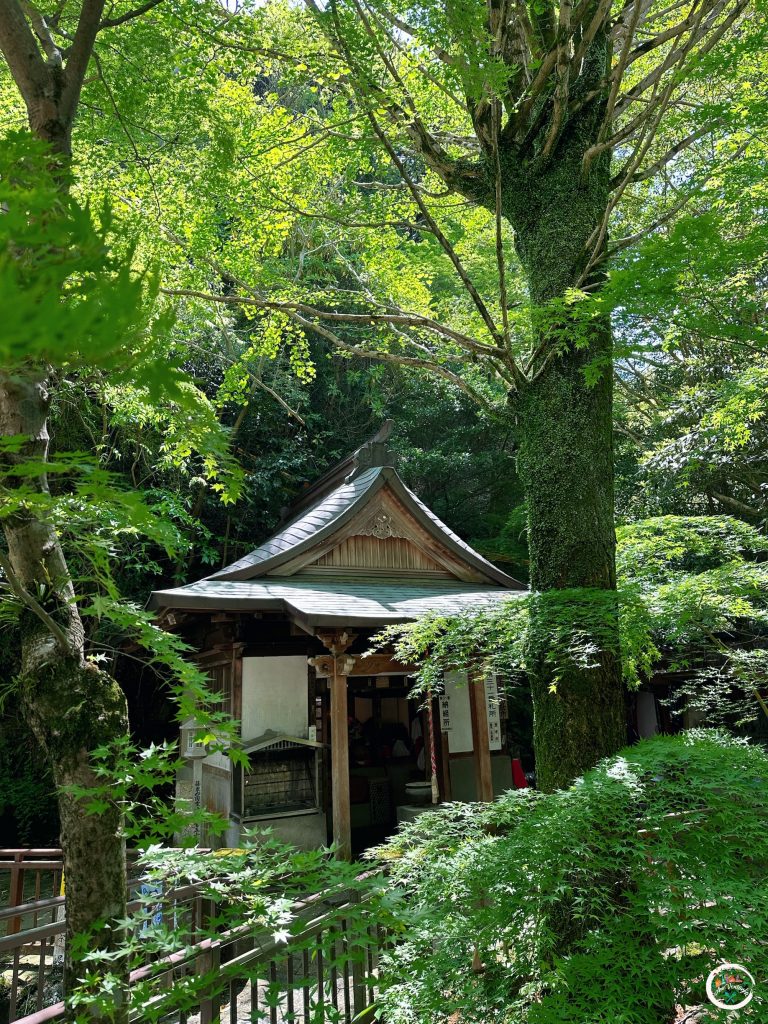
Another area we passed was the Kido Monjudo, the 31st temple of the Shikoku pilgrimage. It’s quiet and humble, but it holds a certain gravitas that draws you in. Visitors often take a moment to appreciate the intricate details of the temple’s structure, which tells stories of devotion and craftsmanship from centuries past. The surroundings are serene, with traditional architecture blending into the lush greenery.
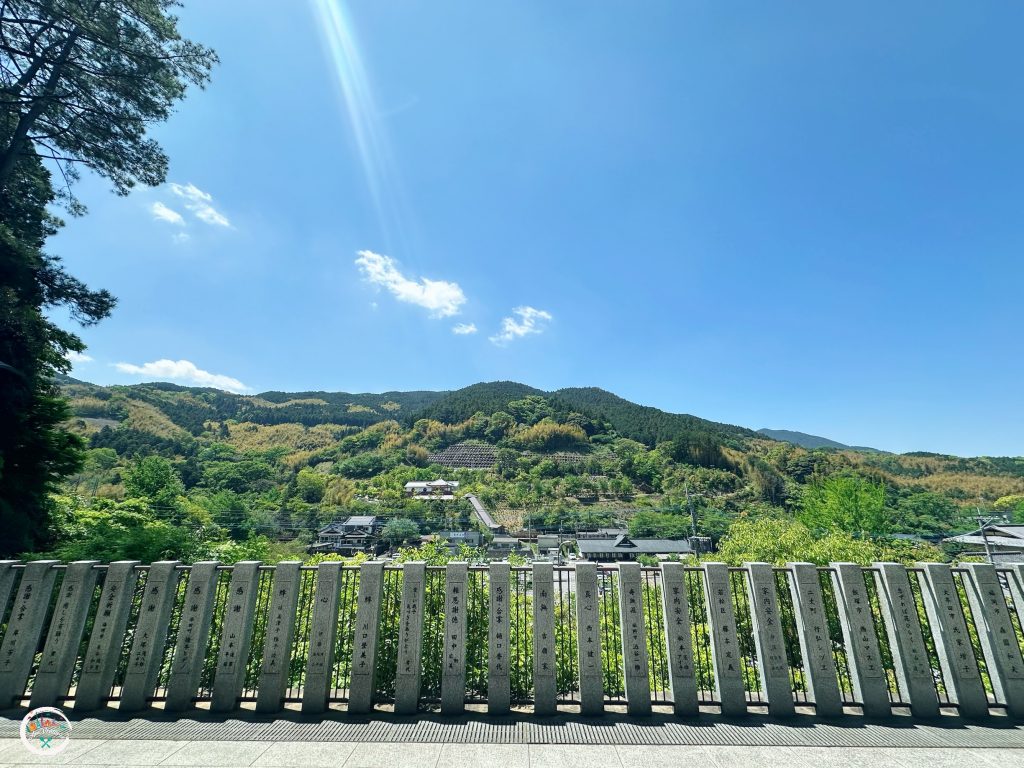
As I sat in one part of the temple, taking in the view of the forested mountains and the temple rooftops peeking through the trees, I couldn’t help but feel like I had stepped into a scene from an anime. It looked too perfect to be real. The soft lighting, distant mist, and the kind of calm that only nature and centuries-old culture can bring added effects to the wonderful scenery.

I didn’t expect an ice cream stall just in front of the Reclining Buddha. At first, I was surprised they allowed it given how strict the temple was about preserving the solemnity of the place. But they had designated eating areas, so it didn’t feel disrespectful at all. Even though it was freezing cold, my husband still bought a cone of matcha and Hokkaido cream mix. The matcha was smooth and not too earthy, but the Hokkaido milk flavor was the real winner. It was creamy, rich, and just sweet enough.
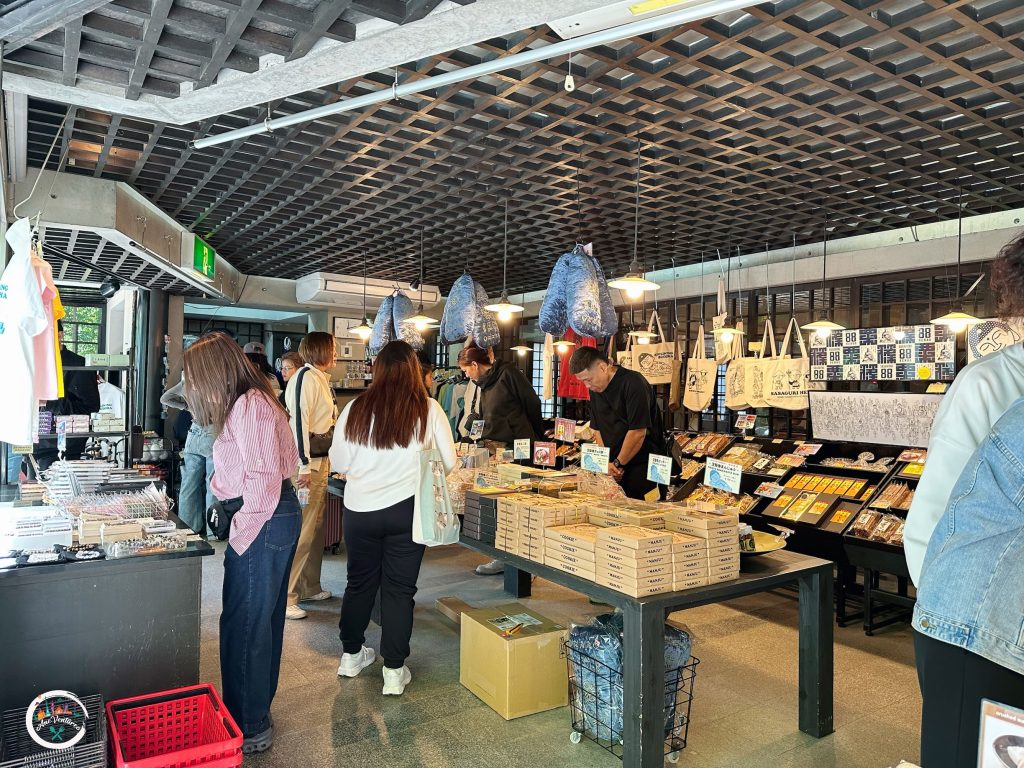
Before leaving, we stopped by the souvenir shop near the exit. I didn’t buy anything since we had nine more days of travel ahead, but I took a quick look. They offered a good mix of classic and regional items like incense, prayer beads, lucky charms, keychains shaped like the Buddha’s feet, miniature statues, and even temple-themed sweets. It’s definitely a good stop if you’re looking for pasalubong or a thoughtful keepsake.

What really touched me was how Kasuya’s countryside vibe hit me instantly. Kasuya isn’t flashy, but there’s something so comforting about its quiet streets and small-town atmosphere. There’s a noticeable absence of chaos. Locals walk slowly, the air feels cleaner, and everything moves at a pace that encourages you to take a deep breath and slow down too.
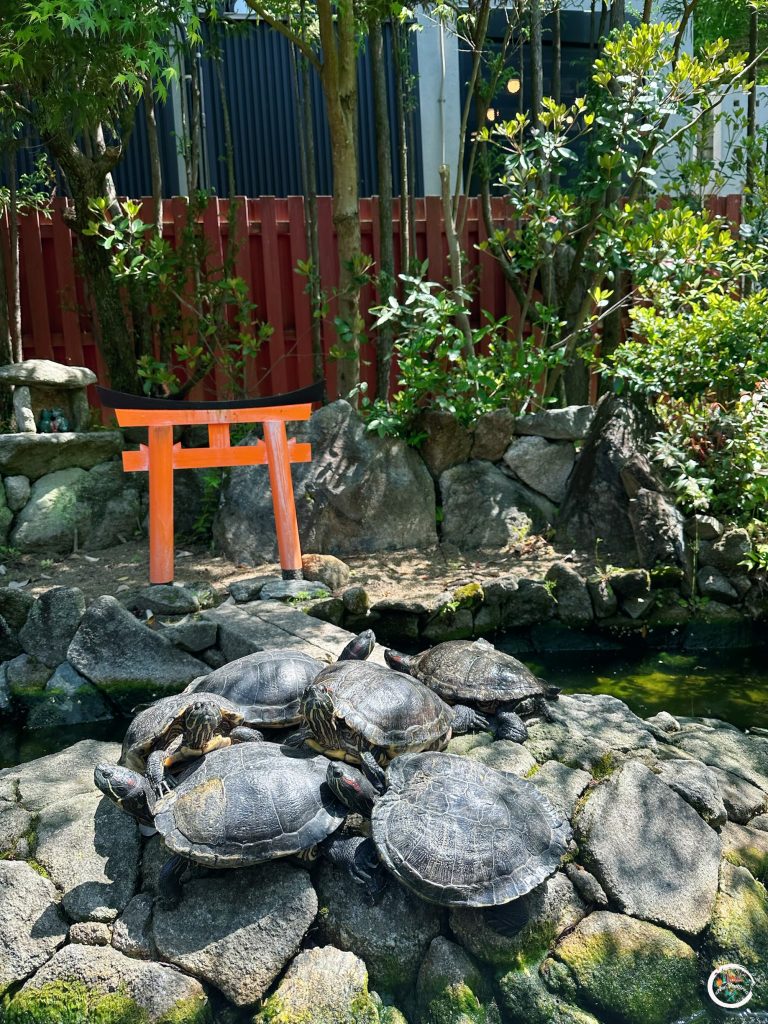
The area is surrounded by healthy, green trees like the kind you only see in well-preserved nature reserves. We spotted turtles and a few birds wandering freely in the temple’s ponds and gardens. They didn’t seem bothered by people at all, almost like they knew they were safe and cared for. And honestly, I’m not surprised. Japan’s commitment to cleanliness and order shines through in places like this. Every path was spotless, and every plant looked like it was exactly where it was meant to be.
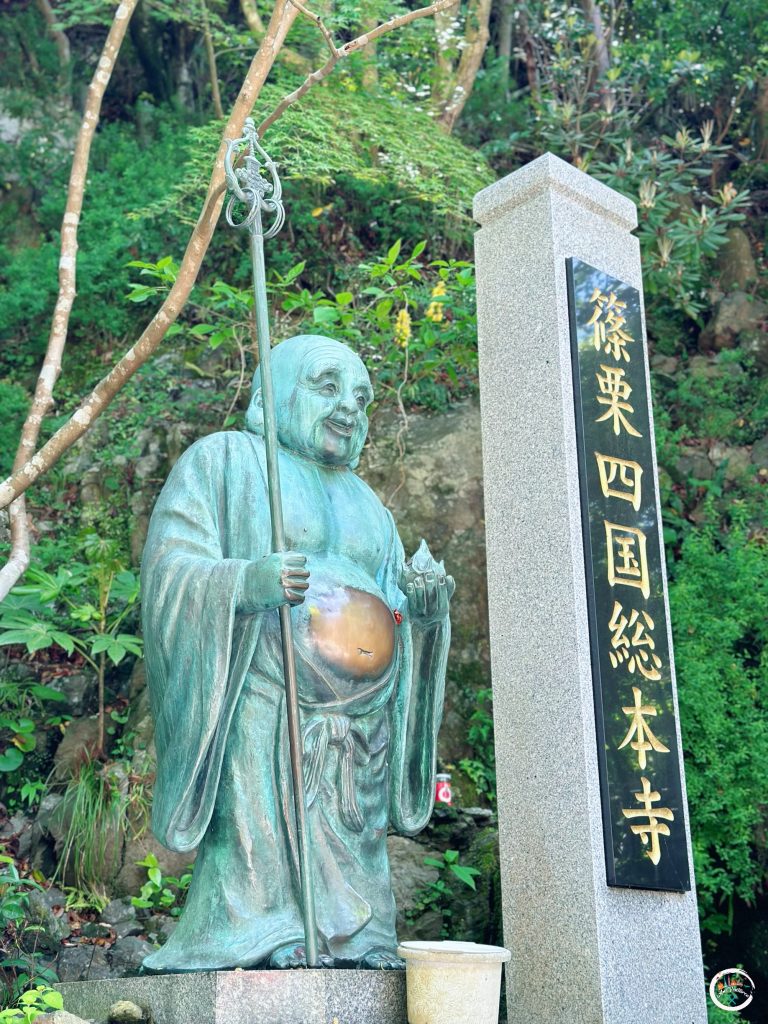
If you’re already in Kasuya and want to temple-hop, there are a few others nearby that are also worth visiting like Fudaraku-ji Temple, a peaceful temple known for its beautiful moss gardens and quiet pathways; Shurin-ji Temple Yakushidō, a temple believed to have healing properties; and Enmei-ji Temple, lesser-known but equally calming temple, surrounded by stone statues and small floral offerings.
More about our Fukuoka 2025 trip:
- Aso Mountain: On Top Of Japan’s Most Active Volcano
- Yufuin Floral Village: The Studio Ghibli Village In Japan
- Park-hopping in Fukuoka City
- Momochi Beach: The Jewel Of Fukuoka City’s Coastline
- The Seven Hells Of Beppu
- Best Of 7 Eleven
- Best Of Bon Repas
- 洋風食堂枝: A Long-Loved Western-Style Restaurant In Fukuoka City
- Kichigo: A Taste Of Karaage Grand Prix’s Gold
- Ikinari: Ready For Steak Off
- How I Make Melon Ice Cream Soda
- How I Make Peruvian Fries Burger
- How I Make Mackerel Sushi

